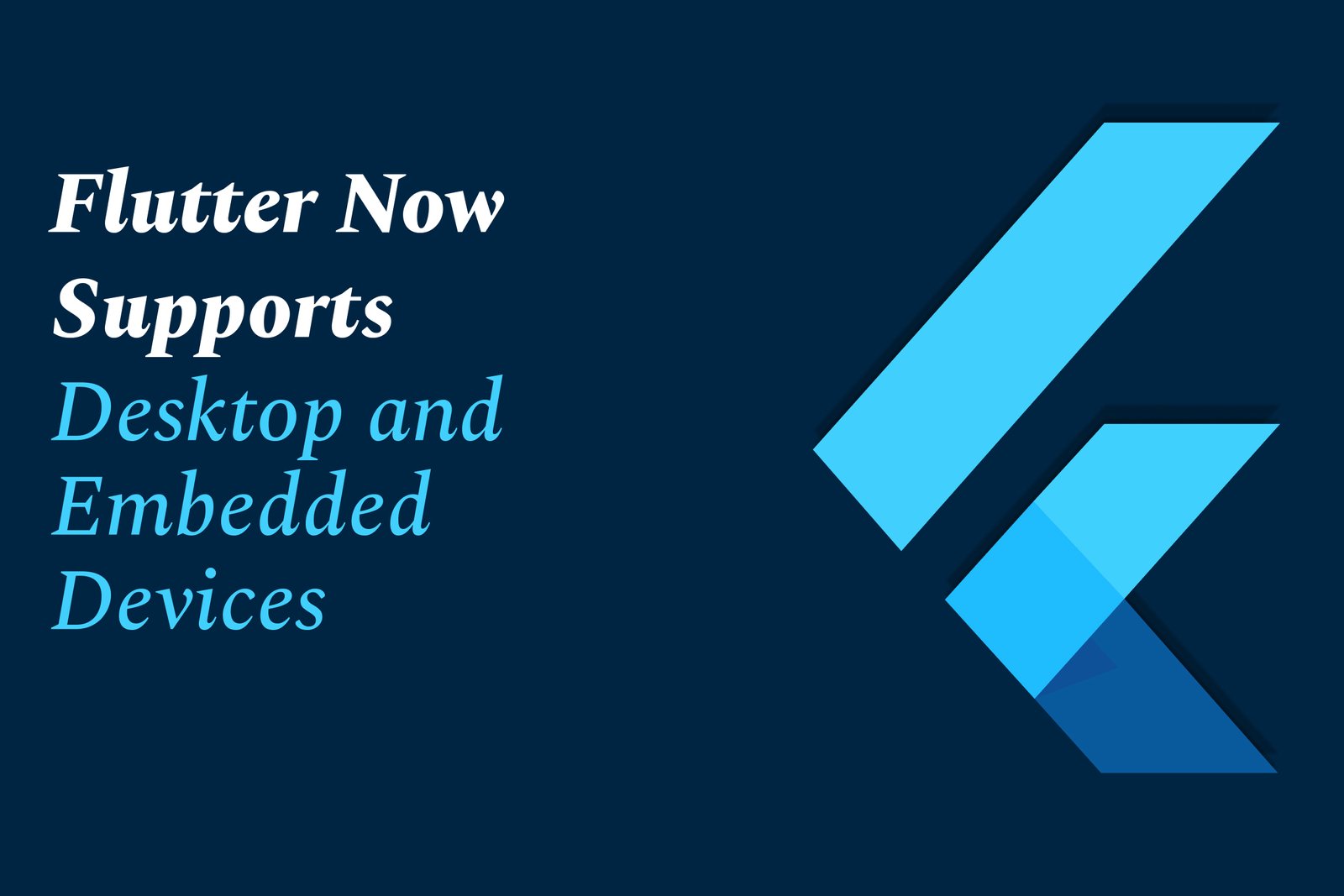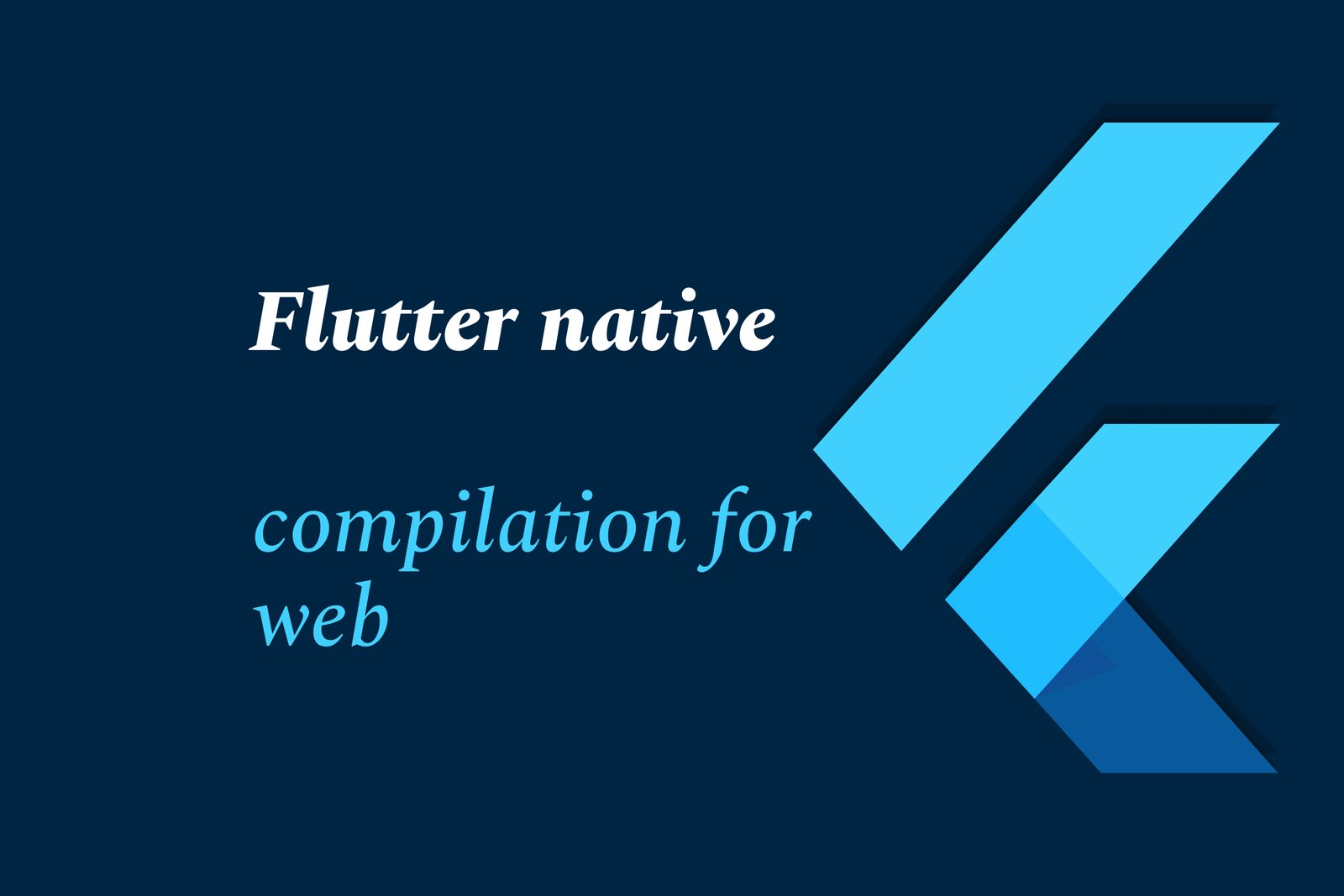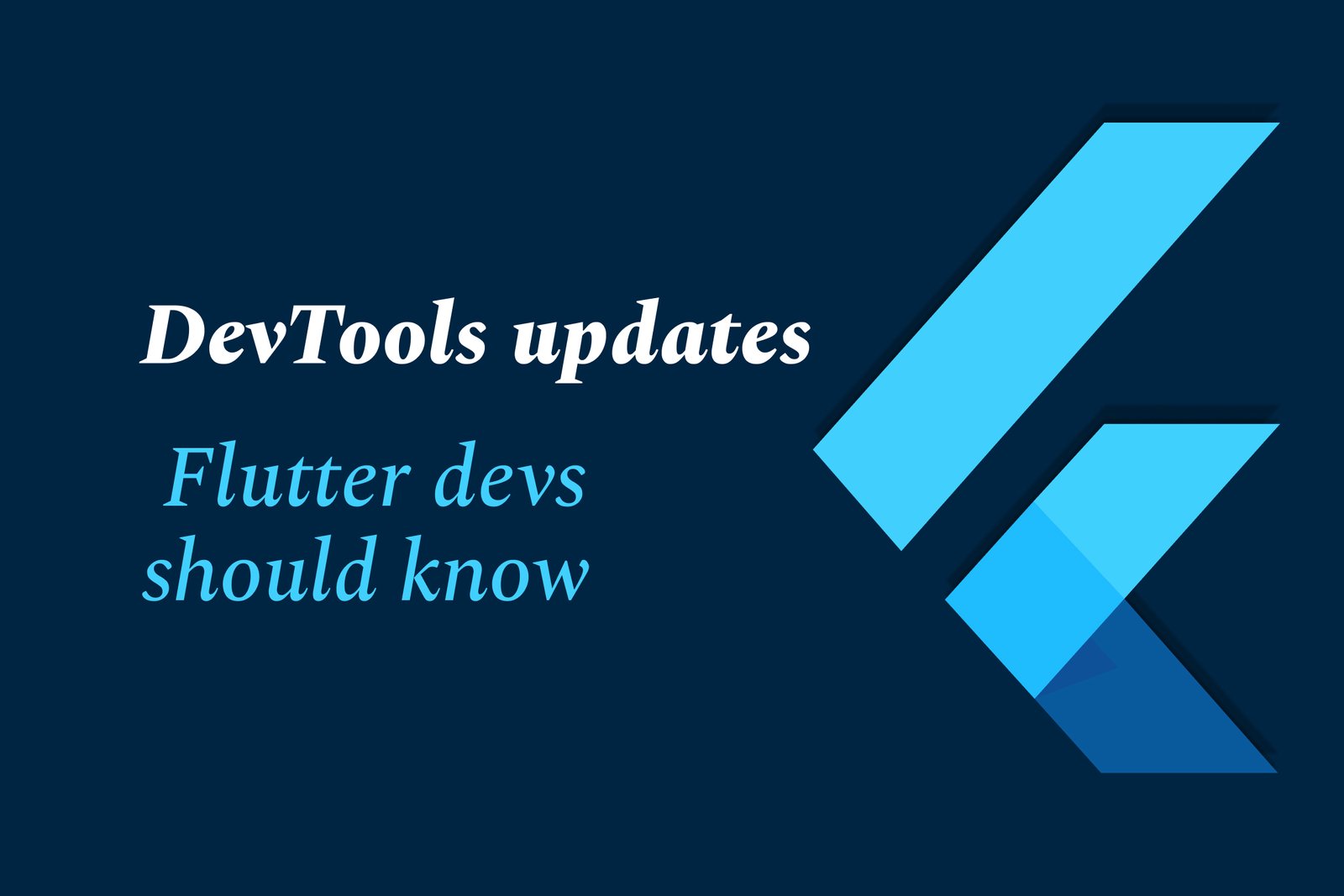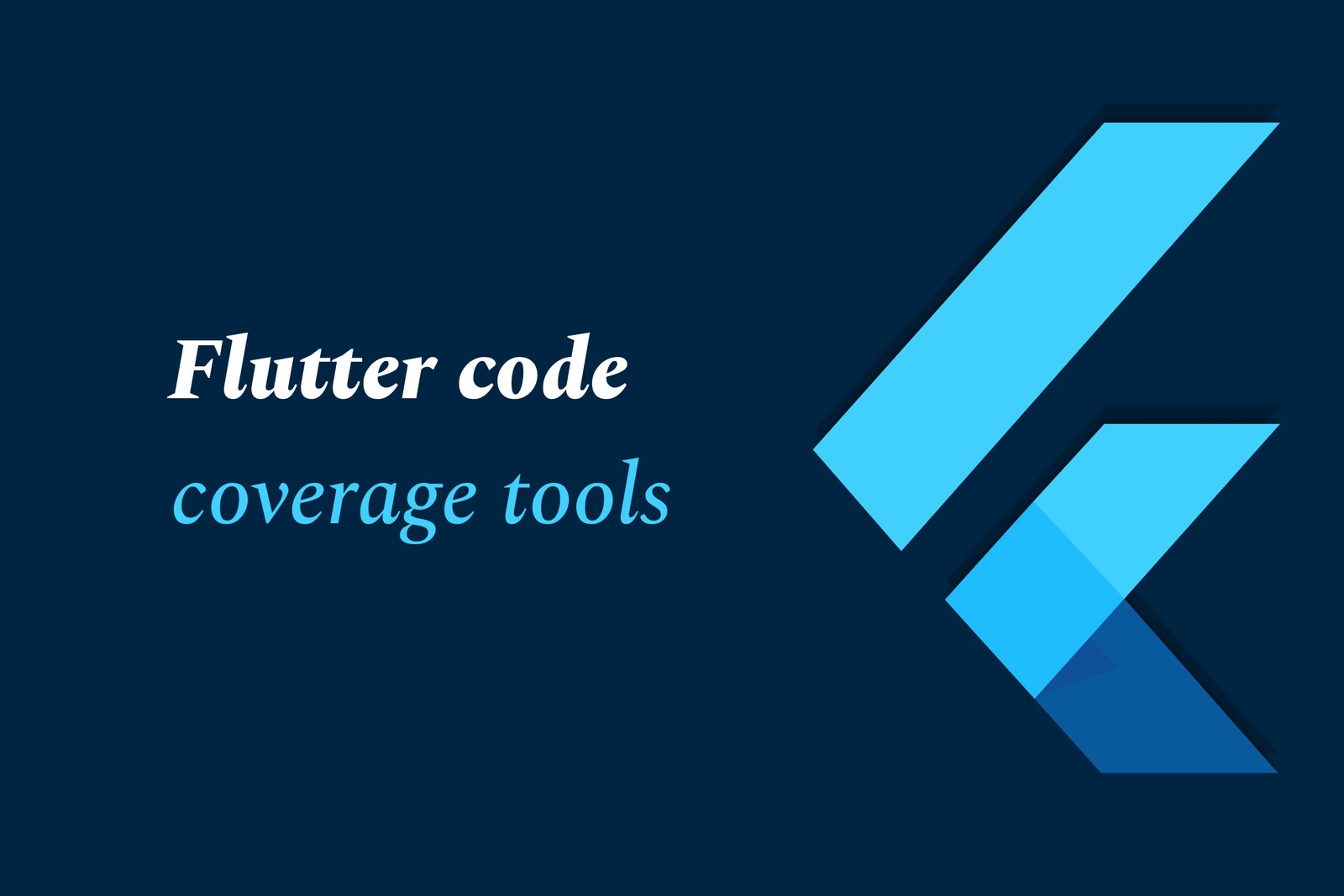Flutter now supports desktop and embedded devices
Flutter now supports building apps for desktop (Windows, macOS, Linux) and embedded devices, enabling developers to create high-performance, native apps across multiple platforms using a single codebase with seamless UI and native integrations.
Flutter Now Supports Desktop and Embedded Devices
1 ) Introduction to Flutter's Expanded Platform Support
Flutter, originally known for mobile app development, has extended its capabilities to support desktop (Windows, macOS, Linux) and embedded devices. This means developers can now build beautiful, natively compiled applications for multiple form factors using a single codebase.
2 ) Multi Platform Development with Flutter
Flutter enables developers to build for mobile, web, desktop, and embedded devices seamlessly.
This unification allows code reuse across platforms, significantly reducing development time and effort.
Its performance benefits come from compiling to native ARM or Intel machine code without relying on large browser engines.
3 ) Desktop Support Highlights
Flutter provides native compiled performance for desktop apps with full access to platform APIs such as Win32 for Windows, Cocoa for macOS, and UNIX for Linux.
Apps built with Flutter for desktop can target popular distribution channels like Windows Store, Mac App Store, and Linux Snap Store.
Flutter supports client side decoration (CSD) for better integration with desktop environments and aims to match native application aesthetics (e.g., GTK header bars on Linux and integration with global system menus).
4 ) Embedded Systems and Flutter
Flutter’s reach now includes embedded devices, which are specialized hardware systems designed for dedicated functions, often with real time computing needs.
Embedded systems vary widely from simple microcontrollers to complex processors and peripherals, some of which can benefit from Flutter’s UI capabilities.
With Flutter, developers can create customized, adaptive user interfaces on embedded devices, enabling modern, visually appealing embedded applications.
5 ) Developer Experience and Ecosystem
Flutter emphasizes being fast, productive, and flexible, featuring hot reload for near instantaneous UI updates during development.
Extensive developer tooling, automated testing, and profiling tools support production quality apps across all supported platforms.
A growing ecosystem with community involvement, events, packages, and documentation further strengthens Flutter’s position as a multi platform development framework.
6 ) Ongoing Developments and Roadmap
While Google leads Flutter’s mobile and web development focus, Canonical (Ubuntu) actively invests in desktop support, ensuring continual growth and evolution for Linux, Windows, and macOS desktop platforms.
Flutter’s roadmap includes improving desktop integration, theming with native widgets like Yaru/Adwaita on Linux, and enhancing embedded device support.
7 ) Community and Case Studies
Various companies like Supercell and STAGE have leveraged Flutter to optimize app size and development speed.
Community discussions highlight requests for better desktop integration features such as dbusmenu support and client side decorations to fully integrate Flutter apps into desktop environments.
Summary:
Flutter’s recent advancements substantially broaden its scope from mobile and web to desktop and embedded devices, empowering developers to deliver performant, beautiful applications across an extensive range of hardware. This multi platform, single codebase approach redefines app development efficiency while embracing the unique needs of desktop and embedded environments.
https://justacademy.in/news-detail/new-features-in-flutter-4.0-stable
https://justacademy.in/news-detail/flutter-ai-chatbot-integration-guide
https://justacademy.in/news-detail/best-flutter-practices-every-developer-should-follow
https://justacademy.in/news-detail/flutterflow-and-low-code-revolution-in-2025
https://justacademy.in/news-detail/flutter’s-new-devtools-make-debugging-easier-than-ever
Related Posts
Top Flutter animation packages like SpinKit, Animations, and Flutter Animate simplify adding smooth, engaging animations to apps. They offer ready-made loaders, material transitions, and versatile effects, enhancing user experience with minimal code and improved UI appeal.
Flutter AI packages are rapidly gaining traction by enabling developers to easily integrate powerful AI features like machine learning and natural language processing into cross-platform apps, boosting innovation and efficiency within the growing Flutter ecosystem.
Flutter enables cross-platform desktop app development with a single codebase, offering fast UI design, native performance, and strong community support. However, it faces challenges like larger app sizes, limited desktop-specific features, and a less mature ecosystem compared to native tools.
Flutter AI combines Flutter’s cross-platform app development with AI technologies to create smart, efficient fintech and healthcare apps—enabling fraud detection, personalized finance tips, medical imaging, virtual health assistants, and automation for improved user experience and operational efficiency.
Flutter's Linux desktop support has steadily advanced, improving performance, native theming, and integration with Linux desktop environments. Collaboration with Canonical and the community is driving better window decorations, menu support, and release-ready app builds for seamless Linux app development.
Flutter is a versatile UI toolkit by Google enabling cross-platform app development, increasingly used for Smart TVs and IoT devices. It allows building native-like interfaces for diverse platforms, streamlining development despite challenges like remote navigation and platform-specific integration.
Flutter native compilation for web transforms Flutter code into efficient JavaScript and WebAssembly, enabling fast, high-performance web apps with smooth UI rendering. This approach delivers near-native speed and consistency across browsers using a single codebase.
Flutter DevTools has been updated with enhanced performance profiling, an improved widget inspector, network monitoring, Material You theming support, faster hot reload/restart, and better accessibility tools—helping developers debug and optimize Flutter apps more efficiently.
Flutter code coverage tools measure the percentage of code executed during testing, helping developers identify untested parts. Using commands like `flutter test --coverage` and tools like LCOV and VSCode extensions, they visualize coverage to improve code quality and reliability.
In 2025, Dart Pub remains a vital hub for discovering and managing Dart packages, driven by Flutter’s growth. Trends focus on enhanced cross-platform tools, improved performance, richer libraries, and rising use in innovative apps like AR, making Dart Pub essential for versatile, modern development.










